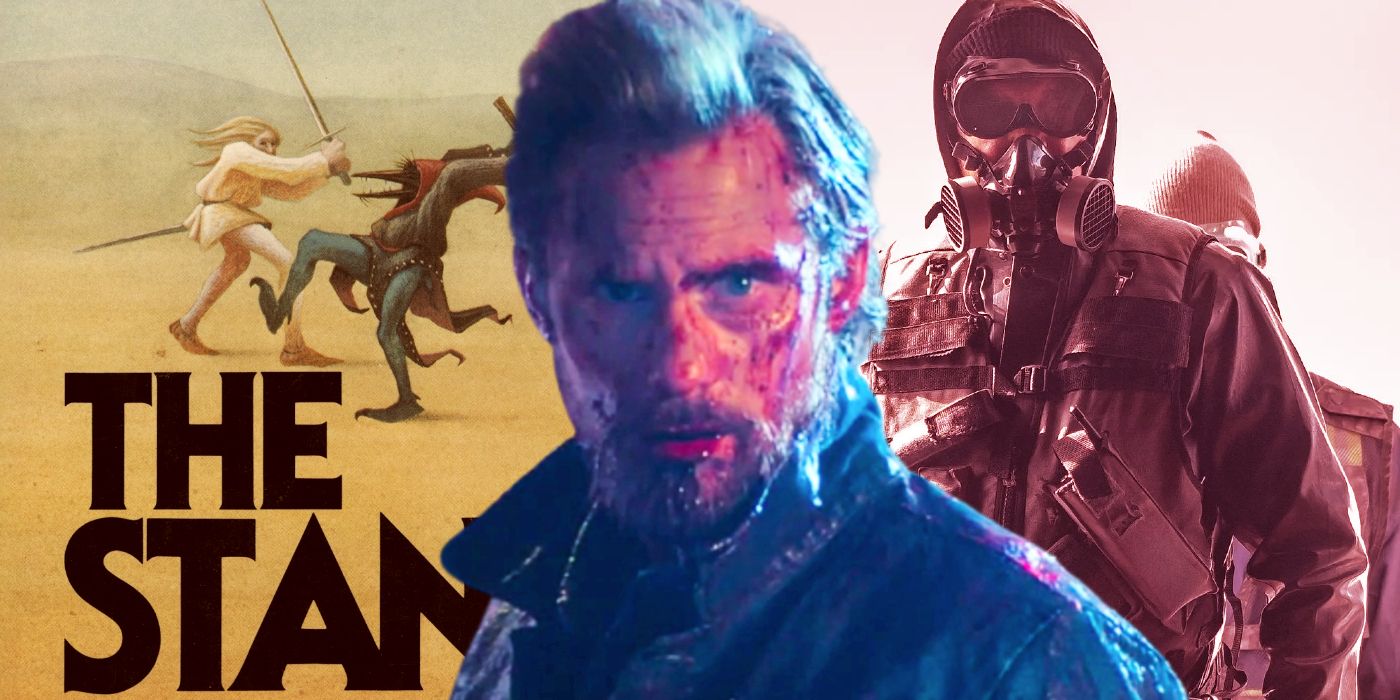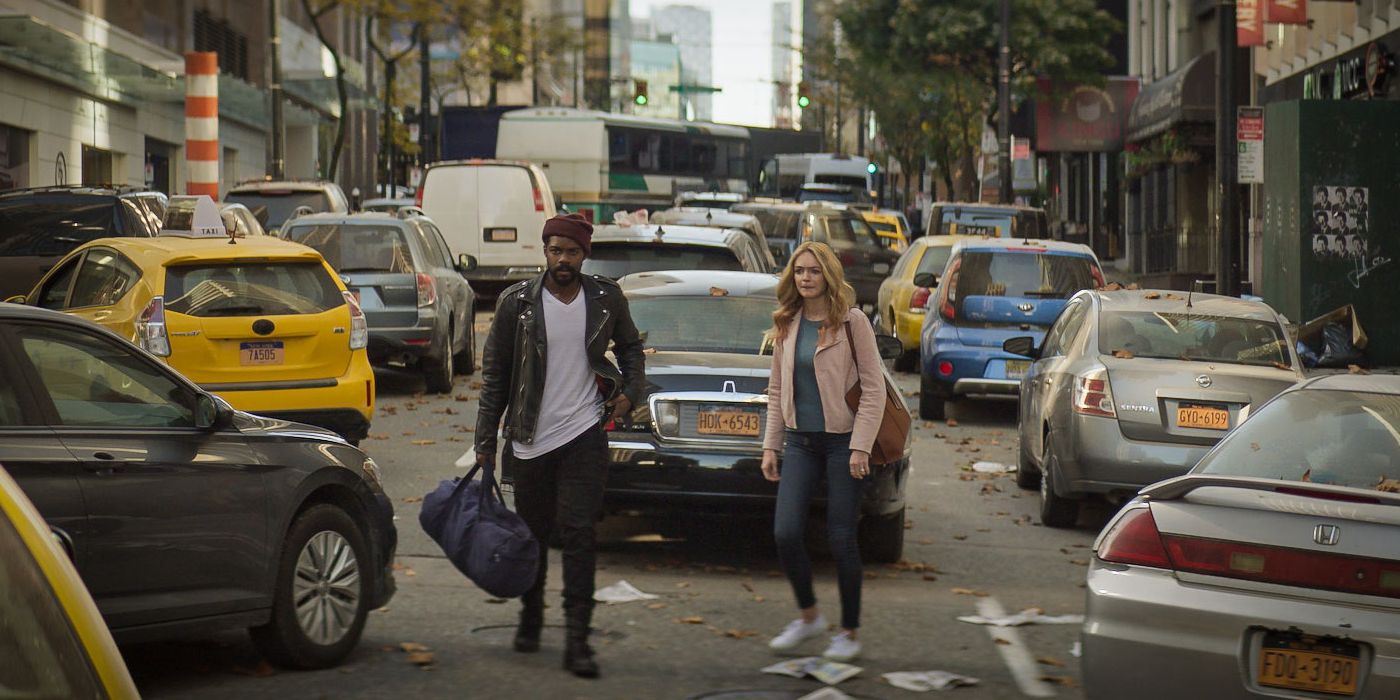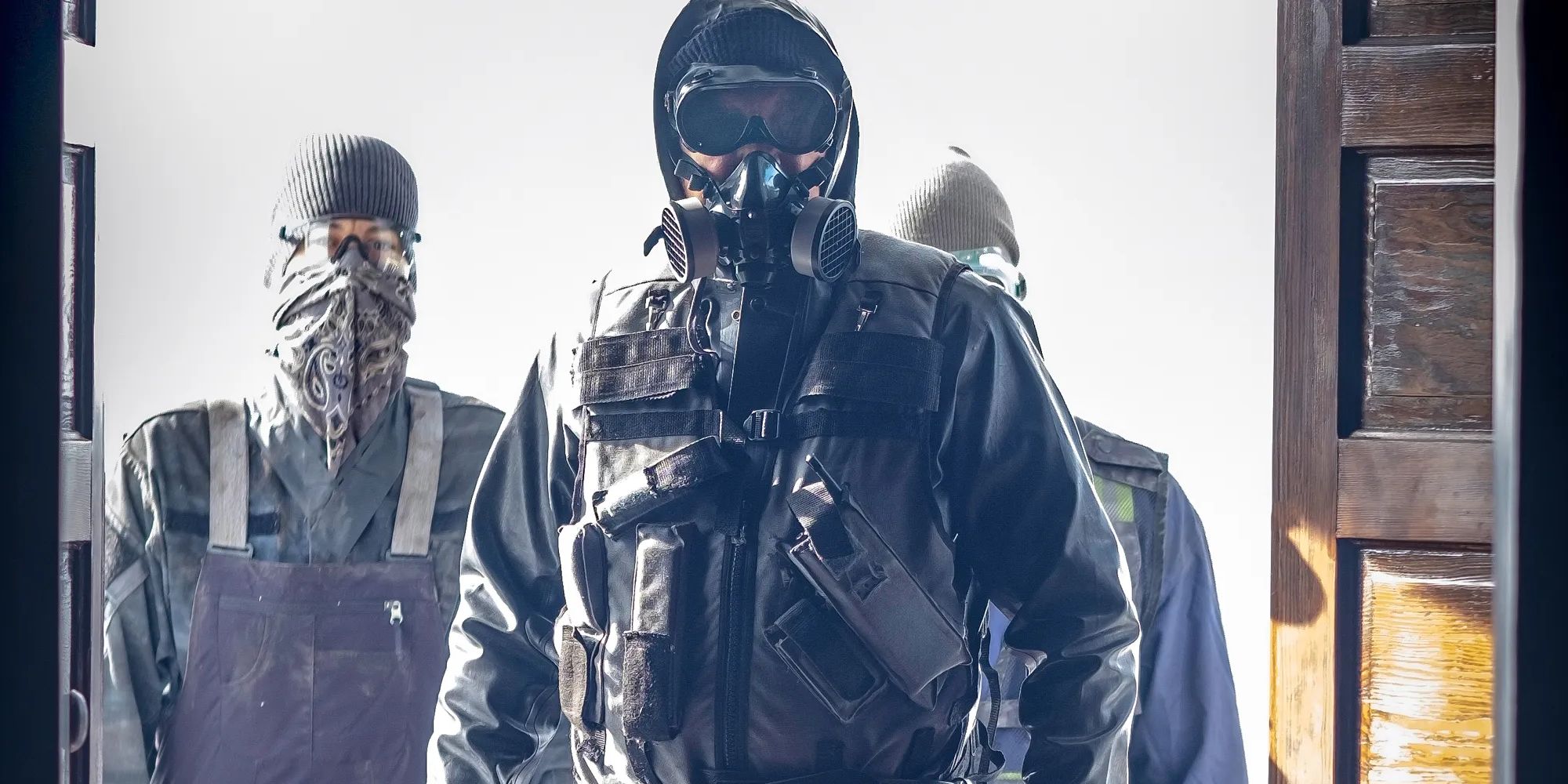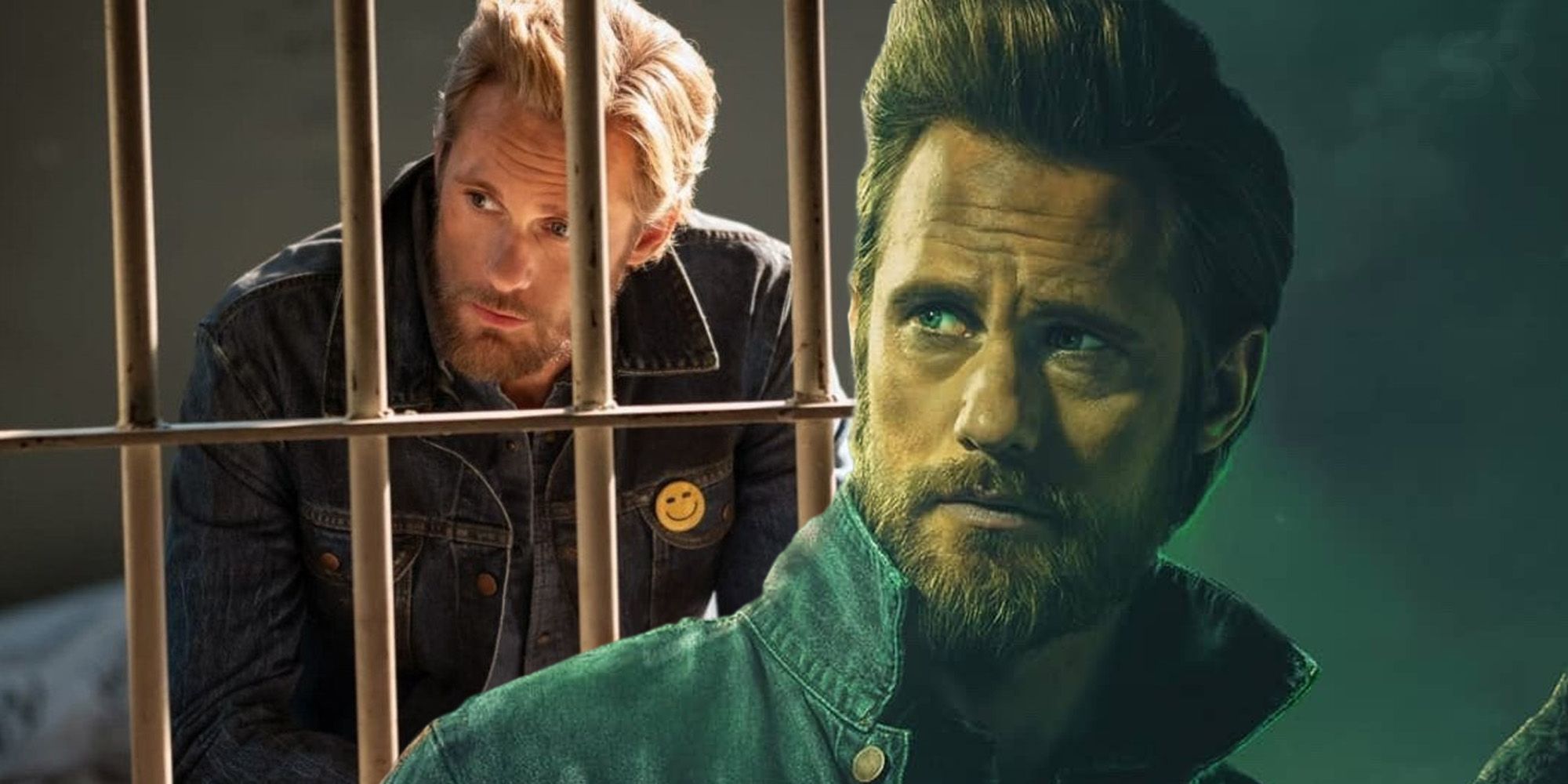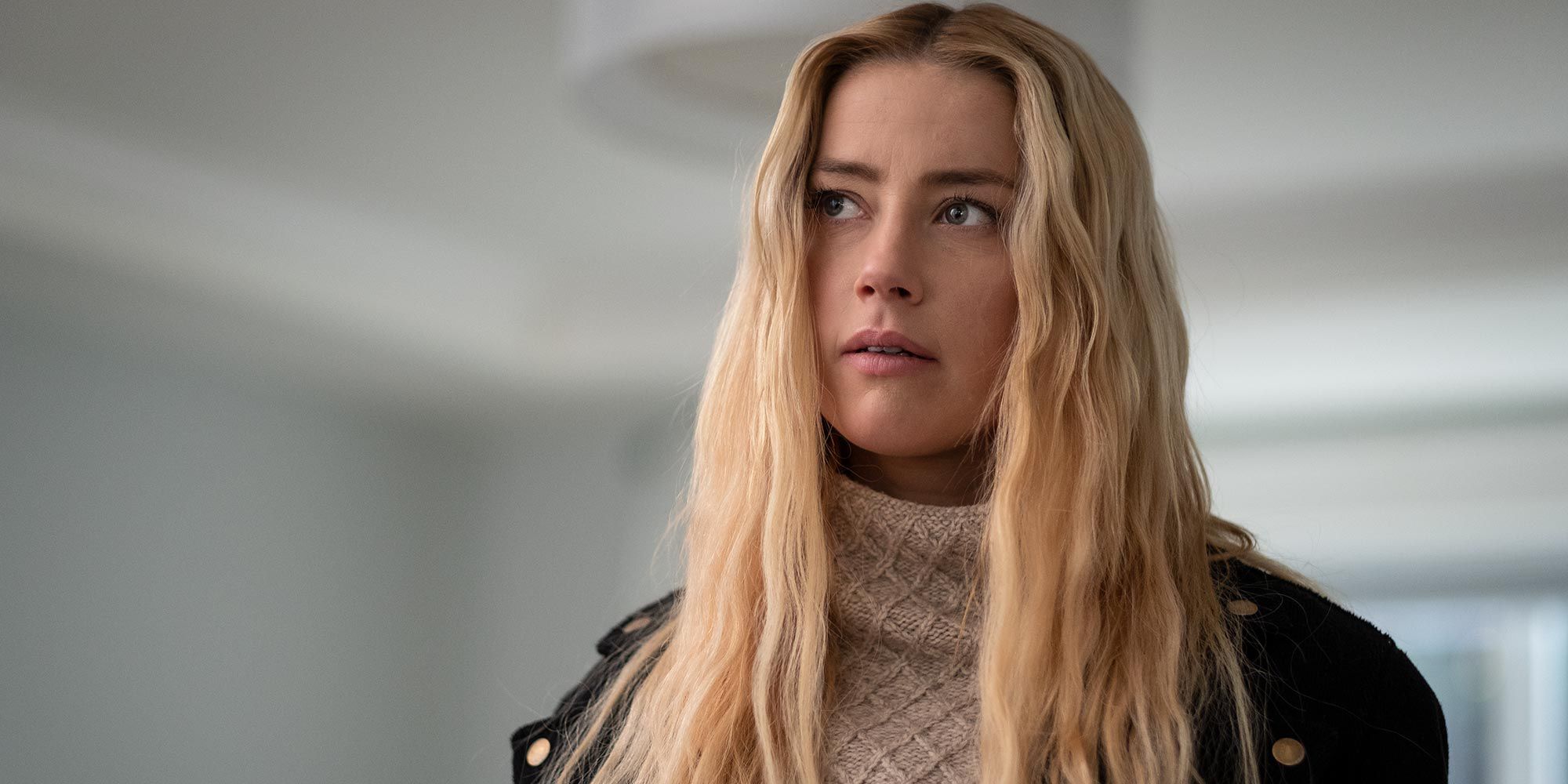2020’s version of The Stand was met with critical division, and the changes that the show’s creators made to the original Stephen King novel made the show weaker. Released in 1978, The Stand was a post-apocalyptic bestseller from horror icon Stephen King, which followed a small set of survivors who find themselves forced to pick a side when they are stuck in a battle between good and evil after a deadly pandemic wipes out most of human life on earth.
The Stand was previously adapted into a massively successful and historically expensive miniseries in 1994, one whose success prompted a slew of small-screen adaptations for the rest of King's considerable back catalog. The miniseries was recently remade as a less critically-adored adaptation airing on CBS All Access, with 2020’s iteration of The Stand coming from New Mutants helmer Josh Boone. Unfortunately, many fans of both the original miniseries and the source novel found the new version wanting.
2020’s version made a string of important changes to The Stand's plot and characters, and while it is admirable that the creators attempted to leave their stamp on this new interpretation of the text, almost every change made by The Stand 2020 fell flat with fans. The biggest changes include cutting down the military’s villainous role in the original novel, thus leaving a major antagonist missing, adding an unnecessary and complicated narrative restructuring that sapped the outbreak of its shocking impact, and rewriting series villain Randall Flagg’s role to be both more wide-ranging and ironically less effective.
The Stand 2020’s Pacing Problem
Unlike the original novel (and the 1994 miniseries), 2020’s version of The Stand opens after the end of the world and works backward to fill in the backstory via various flashbacks from the sprawling cast of characters. The decision is in line with what many modern miniseries use to keep storylines feeling fresh, but in the case of The Stand, this choice makes it difficult for uninitiated viewers to imagine the impact of Captain Trips without an opening sequence that illustrates just how awful the effects of the pandemic are. Instead, viewers unfamiliar with the original novel are left wondering how much of society is affected, where fans of The Stand miss out on one of the book’s most chilling elements, the initial plague’s destruction of society.
The Stand 2020’s Missing Military Villains
In the original novel, the military plays a pretty sizeable villainous role and remains a major antagonist for the opening sections of the book until they are killed off in substantial enough numbers to no longer offer much of a threat. In the 2020 miniseries, The Stand depicts the military as well-meaning heroes, all of whom worked together to contain the superflu Captain Trips and did nothing to cover up its origins. The originally foreboding figure of General Starkey, in particular, is reworked to become an anodyne, cliche heroic general, going from the novel’s villain who murders journalist exposing the outbreak to a Yeats-quoting hero who lets Stu leave the golding facility and does no threat to him during their encounter. The Stand's early episodes could have benefitted from more villainous threats, and the depiction of a universally good and well-meaning military seems imported from a more idealistic and saccharine story than this gory post-apocalyptic horror.
Randall Flagg’s (Sort Of) Bigger Role
Where in the novel, Randall Flagg is an opportunistic monster who takes advantage of Captain Tripps to build his doomsday cult and gain power through the support of his followers, in 2020's The Stand miniseries he is explicitly responsible for the outbreak in the first place. What was originally a terrifying tale of a relatively human (although admittedly supernatural) man using the disaster to build a chilling army thanks to mass desperation becomes a more conventional story of an invincible demon attempting to take over the world, and the military’s role in the pandemic is once again played down and written out.
The change makes Flagg a less interesting figure and renders the military and his followers more innocent and less morally complex, as anyone under his sway can reasonably argue that he appears to be near God-like in his powers. However, this ramping up of Flagg’s power doesn’t make the villain more effective. The main antagonist of The Stand is given limited screen time for the show’s early episodes, and where the original novel frequently cuts back to his side of the story, here Flagg’s version of events is so rarely glimpsed that the all-powerful villain fails to make much of an impact despite Alexander Skarsgard's fittingly creepy take on the part.
Randall and Nadine
What is an upsetting rape scene in the original novel between Randall and Nadine becomes a conventional sex scene complete with corny music and low lighting in 2020’s The Stand. Ordinarily it can be a positive development to see scenes of gratuitous sexual assault excised where possible, but The Stand’s rape scene is an important if difficult moment. The scene serves to establish Flagg as a more monstrous villain than the creepy cult leader he has appeared to be until this point in the story, and it is a major turning point in Nadine’s twisty plot, with the minor villain beginning her gradual redemption after she is left catatonic by the traumatic incident. The non-consensual nature of the encounter also makes Nadine’s arc a more tragic, emotionally resonant storyline, whereas in the 2020 miniseries she seems inexplicably surprised to discover that Flagg is a literal monster when he momentarily flashes his true face while wrapping up (a decision which was unintentionally funny in and of itself).
Nadine’s New Redemption
The 2020 version of The Stand endeavors to give Nadine a more involving storyline by changing her murder at Flagg’s hands into self-sacrifice that sees her choose death over giving him a child. It could be an effective rewrite that gives the character more agency, but 2020’s The Stand has already made Nadine a more villainous character than the novel’s brainwashed anti-villain, as she actively plays a role in Harold’s death. It’s admirable that the 2020 miniseries gives Nadine an impactful death, but having her choose to kill Harold slowly and painfully (particularly when Harold gets to blame Flagg for his misdeeds before dying), ameliorates the effectiveness of her sacrifice, as the Nadine of 202o's The Stand is already a more villainous figure than her novel counterpart.

